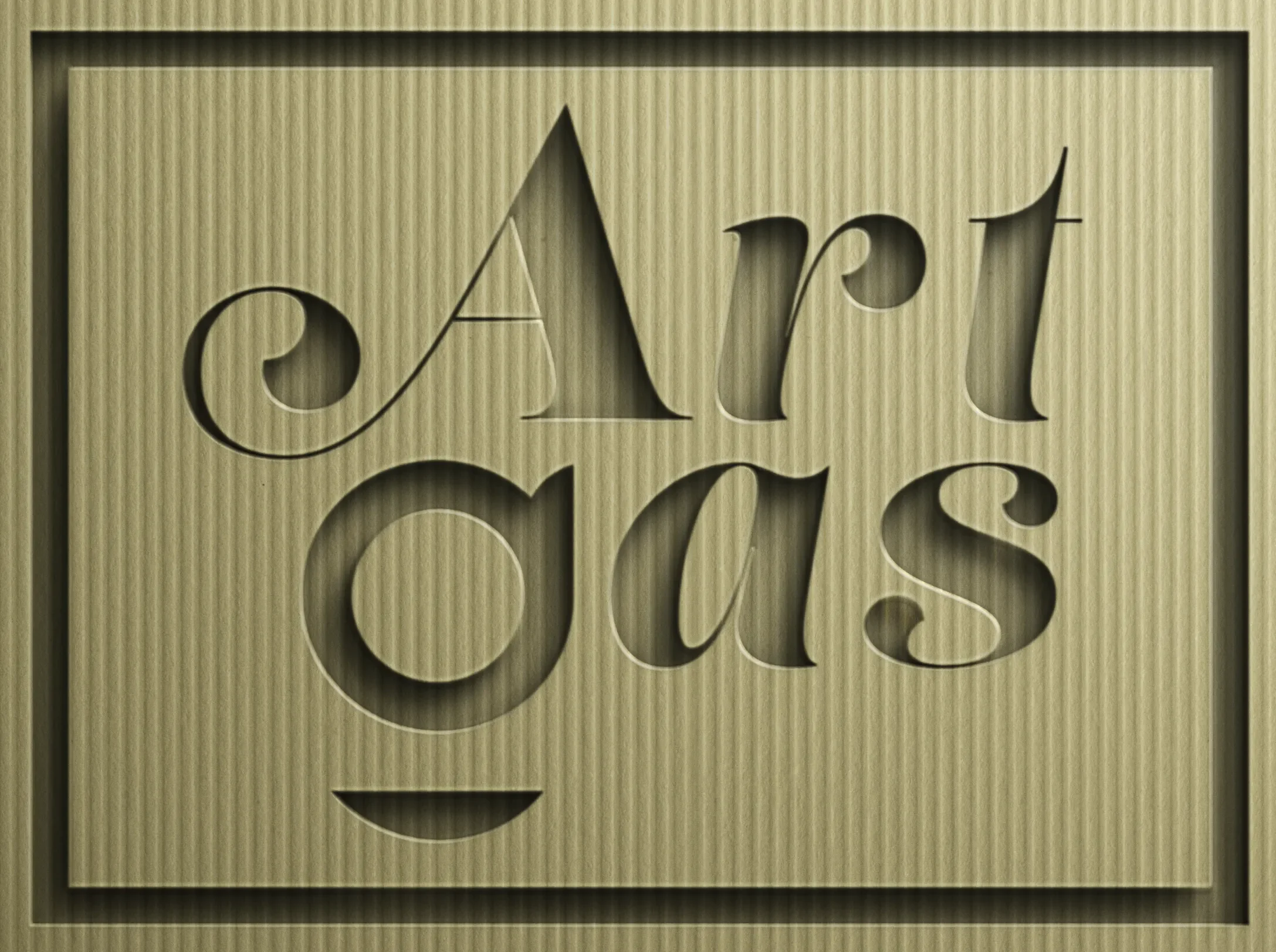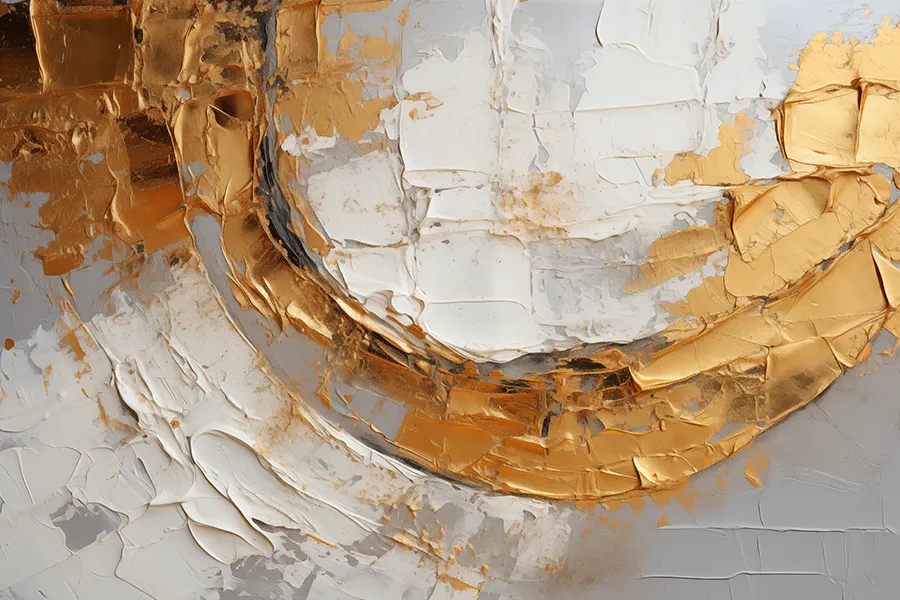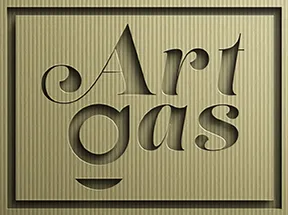Introduction to Textured Art
Textured art, a term that encompasses a wide range of artistic expressions, signifies any artwork that emphasizes physical texture. This style, spanning both traditional and digital realms, engages the viewer’s sense of touch and sight, adding depth and dimension to the viewing experience. The appeal of textured art lies in its ability to break the two-dimensional limitations of the canvas, inviting an interactive and multisensory engagement with the artwork.
Historical Overview and Popularity
The origins of textured art can be traced back to the early experiments of the Impressionists and Post-Impressionists, who started to apply paint in thick layers to add vibrancy and movement to their compositions. This technique, known as impasto, was further developed by artists such as Vincent van Gogh, whose dynamic brushstrokes added emotional depth to his paintings.
In the 20th century, the rise of Abstract Expressionism marked a significant moment for textured art. Artists like Jackson Pollock and Willem de Kooning utilized texture to express their feelings and unconscious thoughts directly on the canvas, emphasizing the physical act of painting itself.
The popularity of textured art has persisted because it challenges the viewer’s perceptions and encourages a deeper engagement with the artwork. Its tactile nature evokes a personal response, making it appealing to a broad audience, including art collectors, enthusiasts, and the general public who seek a more immersive experience in art.
Classic Variations of Textured Art
- Impasto: Characterized by thick, textured layers of paint, impasto adds a three-dimensional quality to paintings. This technique is often associated with the works of Van Gogh and Rembrandt, who used it to convey intense emotions and realism.
- Sgraffito: This involves scratching through a top layer of paint or plaster to reveal the underlying layer, creating a contrasting and textured effect. It was popular in Renaissance frescoes and is still used by artists seeking to add dynamic lines and textures to their works.
- Collage: Introduced by Cubists like Pablo Picasso and Georges Braque, collage involves adhering materials such as paper, fabric, or found objects onto the canvas, creating a varied texture that adds depth and context to the artwork.
New Digital or AI Variations of Textured Art
- Digital Impasto: Utilizing advanced digital painting software, artists can mimic the impasto technique to create textured effects that appear to rise off the screen, offering a new dimension to digital art.
- 3D Modeling Textures: In the digital realm, 3D artists apply textures to models to simulate real-world surfaces, from rough stone to smooth metal, adding realism and depth to digital creations.
- AI-Generated Textures: Artificial intelligence can now generate complex textures that are applied to digital art, creating unique surfaces and patterns that are challenging or impossible to create by hand.
Noteworthy Artists
- Classic Textured Art: Vincent van Gogh, known for his expressive impasto technique; Pablo Picasso, for his innovative use of collage.
- Digital and AI Textured Art: Artists like Refik Anadol utilize AI to create mesmerizing textures in digital installations, while digital painters like Aaron Blaise apply digital impasto techniques in their works.
Keywords for SEO
- Textured Art
- Impasto Technique
- Digital Texture Art
- AI Art Generation
- Sgraffito Art
- Collage Art Techniques
- 3D Modeling Textures
Midjourney V6 Prompts and Example Pictures
Impasto Technique: “Create an image in 3:4 aspect ratio that showcases the impasto technique, with thick, vibrant layers of paint that give a sense of depth and emotion. The style should reflect the intense, dynamic brushstrokes reminiscent of Vincent van Gogh.”
Digital Impasto: “Generate a 3:4 aspect ratio digital artwork that simulates the impasto technique, with digitally rendered thick layers of paint that appear to rise off the canvas, incorporating vibrant colors and dynamic textures.”
Sgraffito: “Design a 3:4 aspect ratio image that demonstrates the sgraffito technique, where the top layer of paint is scratched away to reveal a contrasting underlayer, creating a textured, dynamic effect.”
Collage Art: “Produce a 3:4 aspect ratio collage that combines various materials like paper, fabric, and found objects, creating a richly textured composition that adds depth and narrative to the artwork.”
3D Modeling Textures: “Create a 3:4 aspect ratio image showcasing a 3D modeled object with realistic textures, simulating surfaces such as rough stone or smooth metal, highlighting the depth and realism added by the texture.”
AI-Generated Textures: “Generate a 3:4 aspect ratio artwork that features unique, AI-generated textures, showcasing complex surfaces and patterns that add an innovative layer of depth to the digital art piece.”
For each of these prompts, a detailed image will be created to illustrate the specific textured art style, showcasing the diversity and richness of this artistic approach in both traditional and digital mediums.


